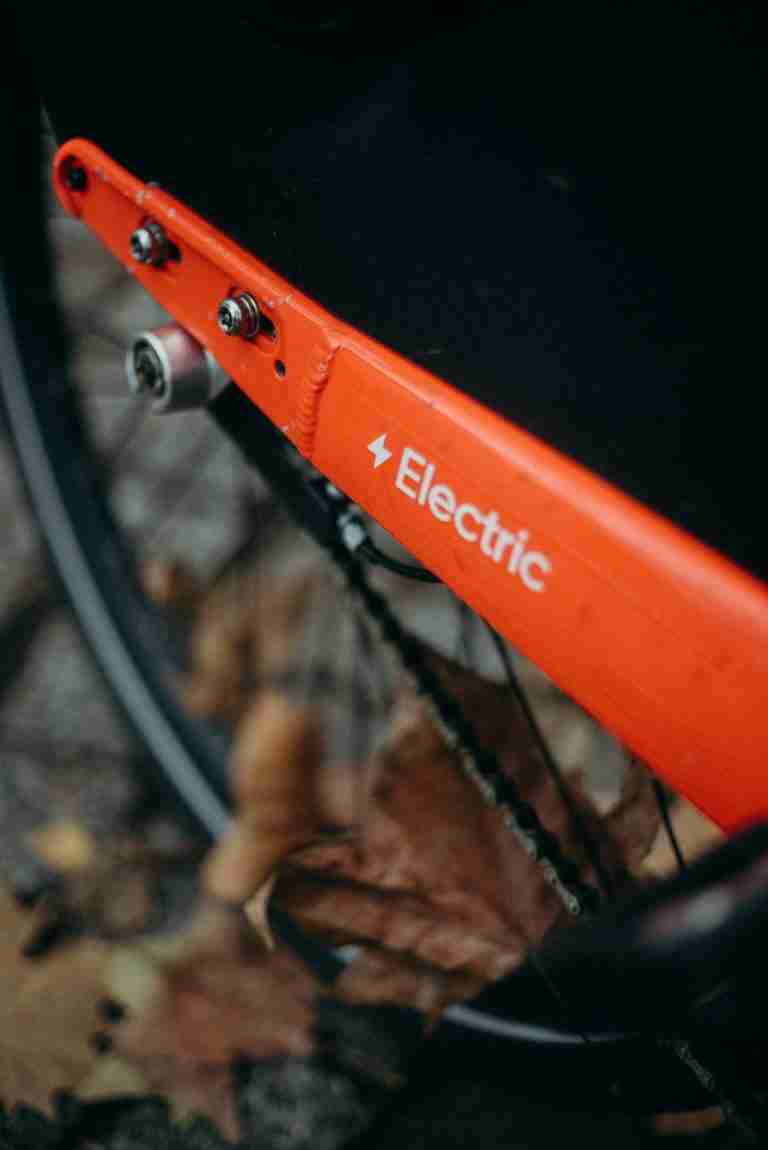New York City is taking stronger action on e-bike and e-scooter safety. A new speed cap of 15 MPH, stricter battery standards, and stepped-up enforcement are now part of daily life across all five boroughs. The impact is visible in the Bronx, where riders and delivery workers are seeing tickets, speed checks, and even seizures.
City officials argue these measures are needed to reduce crashes, fires, and sidewalk risks. For riders, it means adjusting habits and paying close attention to compliance. For pedestrians, it may bring safer streets.
What Just Changed: The 15 MPH Citywide Cap
Starting October 24, 2025, e-bikes and e-scooters will be capped at 15 MPH on New York City streets. The rule applies across the five boroughs, with separate guidance expected for park drives and greenways. Enforcement will focus on busy corridors where high speeds have led to collisions and complaints.
The Adams administration frames the cap as part of a broader street-safety effort that also covers scooters, mopeds, and other micromobility devices. Riders can expect speed checks and closer monitoring in areas with heavy pedestrian traffic. Delivery platforms may adjust routing and estimated delivery times to reflect slower travel.
For everyday users, the takeaway is simple: respect the limit, especially in crowded neighborhoods. Failure to comply will mean tickets, fines, or confiscation of the device.
Batteries, Certification & Seizures: The Fire-Safety Crackdown
The city already bans the sale or lease of uncertified e-bikes and batteries. Devices must meet UL 2849 or 2272 standards, while batteries must meet UL 2271. Shops caught selling non-compliant devices face fines, and repeat offenders risk padlock orders shutting them down.
A new rule proposed by the FDNY would go further, allowing inspectors to confiscate uncertified batteries wherever they are found. A public hearing is scheduled for October 1, 2025, but if passed, possession alone could lead to seizure and disposal.
To ease the transition, the Department of Transportation is running a trade-in pilot that lets riders exchange unsafe devices for compliant ones. Bronx riders in particular should take note: check both the bike and the battery for UL labels. Failure to do so could mean losing the bike altogether. For shop owners, penalties for ignoring the rules are steeper than ever.
Enforcement on the Street: What NYPD and Agencies Are Doing
The NYPD has already seized tens of thousands of illegal mopeds and scooters since 2022, and the pace of enforcement is not slowing. Targeted blitzes in high-traffic areas are becoming routine, especially in Manhattan and the Bronx.
NYC Parks is moving forward with its own set of rules to manage e-bikes and e-scooters on park drives and greenways. Mopeds remain banned from parks, and violations there are met with strict enforcement.
A new Department of Sustainable Delivery has also been created to coordinate policy across agencies. It will oversee delivery-app compliance, ensuring companies take responsibility for the safety of their riders and equipment.
What Riders Must Do Now
The most urgent step for riders is obeying the 15 MPH cap, which takes effect October 24, 2025. Enforcement will be consistent, so speeding is a risk not worth taking.
Sidewalk riding remains prohibited. Use bike lanes or streets where allowed, and yield to pedestrians. Commercial cyclists must wear helmets and carry identification, while helmets are strongly recommended for all riders. Those working for apps should make sure their bikes display visible markings as required.
Battery safety is critical. Only UL-certified bikes and batteries should be used. Do not charge batteries overnight or in doorways where they block exits. The FDNY is actively inspecting buildings and responding to unsafe charging complaints.
Finally, know your vehicle. Some throttled bikes exceed speed and power limits, classifying them as mopeds. Without plates, registration, and a license, they are illegal and subject to seizure. Misunderstanding this distinction could cost both the bike and your livelihood.
Legal Angle: Rights, Risks & When to Call a Lawyer
Riders face real consequences: tickets, confiscated bikes or batteries, and even criminal charges if operating an illegal moped. Keep purchase records, UL certification documents, and any app-related paperwork to protect yourself in disputes.
Pedestrians injured by e-bikes may have claims rooted in negligence, premises liability, or vicarious liability involving delivery platforms. Preserving evidence—photos, videos, receipts, and medical records—is key.
We can review citations, contest seizures, and pursue claims for those harmed in e-bike incidents. Legal guidance can make the difference between a dismissed ticket and a lasting penalty.
Conclusion
NYC’s new e-bike rules change how riders move through the city. The 15 MPH cap, tougher battery standards, and stronger enforcement signal a major shift, especially for delivery workers and Bronx commuters who depend on these bikes daily.
Understanding the rules and staying compliant will reduce risks, but accidents and disputes can still happen. For clear guidance after a citation, seizure, or crash—and to understand your rights — click here to contact our firm for a free consultation.
 Español
Español 
